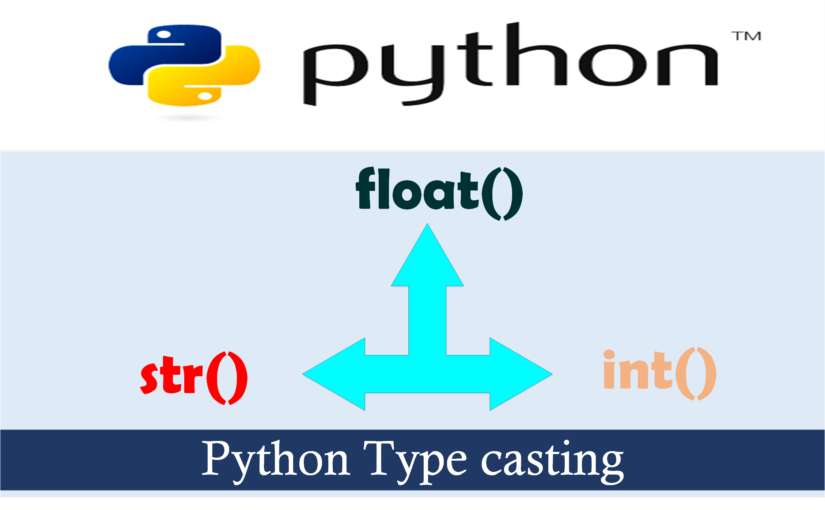
Hence trying to multiply a list by a float will also throw a type error. Similar to strings and tuples, lists are also considered a sequence object in Python. Print (total_cost) Multiplying a list sequence by a float number

Luckily, fixing this is quite simple, we can cast the product_price variable into a float: product_price = float (input ("Enter the product price")) The meaning of the error we got is that although Python is able to multiple a string by an integer, it can’t obviously multiple it by a float number. Total_cost = product_price * order_discountĪfter entering the product price, as expected, we’ll get the following error: TypeError: can't multiply sequence by non-int of type 'float' Fixing the error Product_price = input ("Enter the product price") Python takes the number to the left of the e and multiplies it by 10 raised to the power of the number after the e. Let’s run the following code: #this will result in a string To write a float literal in E notation, type a number followed by the letter e and then another number. However, it is slower and should only be used when absolutely necessary due to its increased computational cost.In today’s short tutorial we’ll help you troubleshoot a type error that you might receive when trying to multiply a sequence (strings, lists or tuples) by a float number in Python. To convert the integer to float, use the float() function in Python.

The `decimal` module in Python allows for higher precision calculations than the built-in `float` type. Integers and floats are data types that deal with numbers. Remember that using the `decimal` module will be slower than using the built-in `float`, so only use it when higher precision is essential for your application or calculations. When should you use integers and when should you use floating-point numbers A good rule of thumb is this: use integers to count things and use floating-point. Finally, we perform arithmetic with the `Decimal` objects we created, which uses the specified precision. We then set the precision we want using `getcontext().prec`. In this example, we first import `Decimal` and `getcontext` from the `decimal` module. # Create Decimal objects for your numbers Here’s an example of using the `decimal` library to increase the precision of floats in Python:

If you need higher precision, you can use the `decimal` library, which allows you to work with arbitrary precision numbers.
#Float in python how to#
In Python, the built-in `float` type has a limited precision due to its representation in memory, which is typically implemented as a 64-bit IEEE 754 floating point number. In this article youll learn how to transform lists of integers to lists of floats in the Python programming language. We’ll look at an example of using this library, and explain why it is important to consider performance when working with arbitrary precision numbers. 1.8 x 10308 is the maximum value for any floating-point number. Float values in Python are represented as 64-bit double-precision values.

string to float python Use the function float () to. This blog post will discuss how to use the `decimal` library in Python to increase the precision of floats. When called, float () returns a floating point number or a decimal point for a provided number or string. The built-in string class provides options to do value formatting using the format() method.


 0 kommentar(er)
0 kommentar(er)
